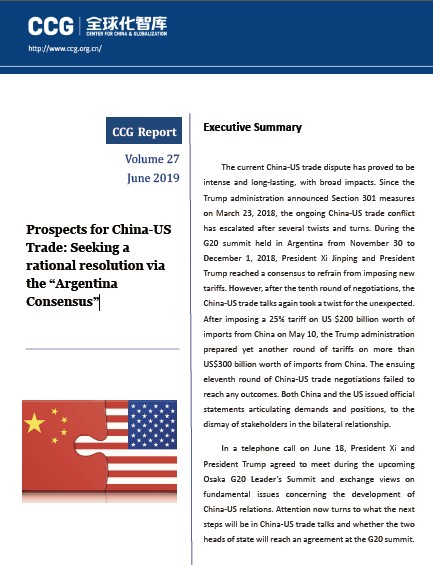The data revolution: how china can capture the digital trade opportunity at home and abroad

This research employs a broad definition of “digital trade” which covers the production, distribution,
marketing, sale or delivery of goods and services – domestically and abroad – supported
by cross-border data flows.
Although China has enjoyed historically high growth rates over the past decade, analysts anticipate that it
will start to face a slowdown due to several broad socio-economic shifts. These include the shift from an
industry-based to a services-driven economy and an ageing population. To
sustain China’s growth momentum into 2030 and beyond, China would need to hone
competitive strategies beyond the low-cost advantage that has traditionally
propelled its economic growth. Digital technologies are pertinent to this, by driving
labour productivity and quality improvements. Understanding the role of digital
trade ,both domestically and for exports, is therefore crucial for businesses
and policymakers in China.
Though trade was once dominated by tangible goods, growth in global goods trade has flattened as
global data flows have surged, with the amount of cross-border bandwidth having
grown 45 times since 2005.This is projected to increase by an additional nine
times over the next five years as flows of information, searches,communication, video,
transactions, and intra-company traffic continue to rise.Digital trade is also
supporting large productivity improvements in domestic sectors, which underpin
the 4th industrial revolution. Yet, policymakers and business leaders are often
in the dark on how to accurately measure the benefits digital trade can bring
to an economy. Traditional economic measures fail to adequately measure the
value of digital trade to exports and to the domestic economy. This creates the
risk that the value of digital trade is not fully appreciated and taken into
account when formulating policy and business decision-making.
This report aims to close the existing knowledge gap by quantifying the economic value of digital
goods and services exports, as well as the value of digital trade in enabling productivity
improvements in the domestic economy. It also summarises the perceived concerns
governments may have in relation to digital trade and outlines recommendations
for how the economic gains to digital trade may be realised while addressing
these concerns.







